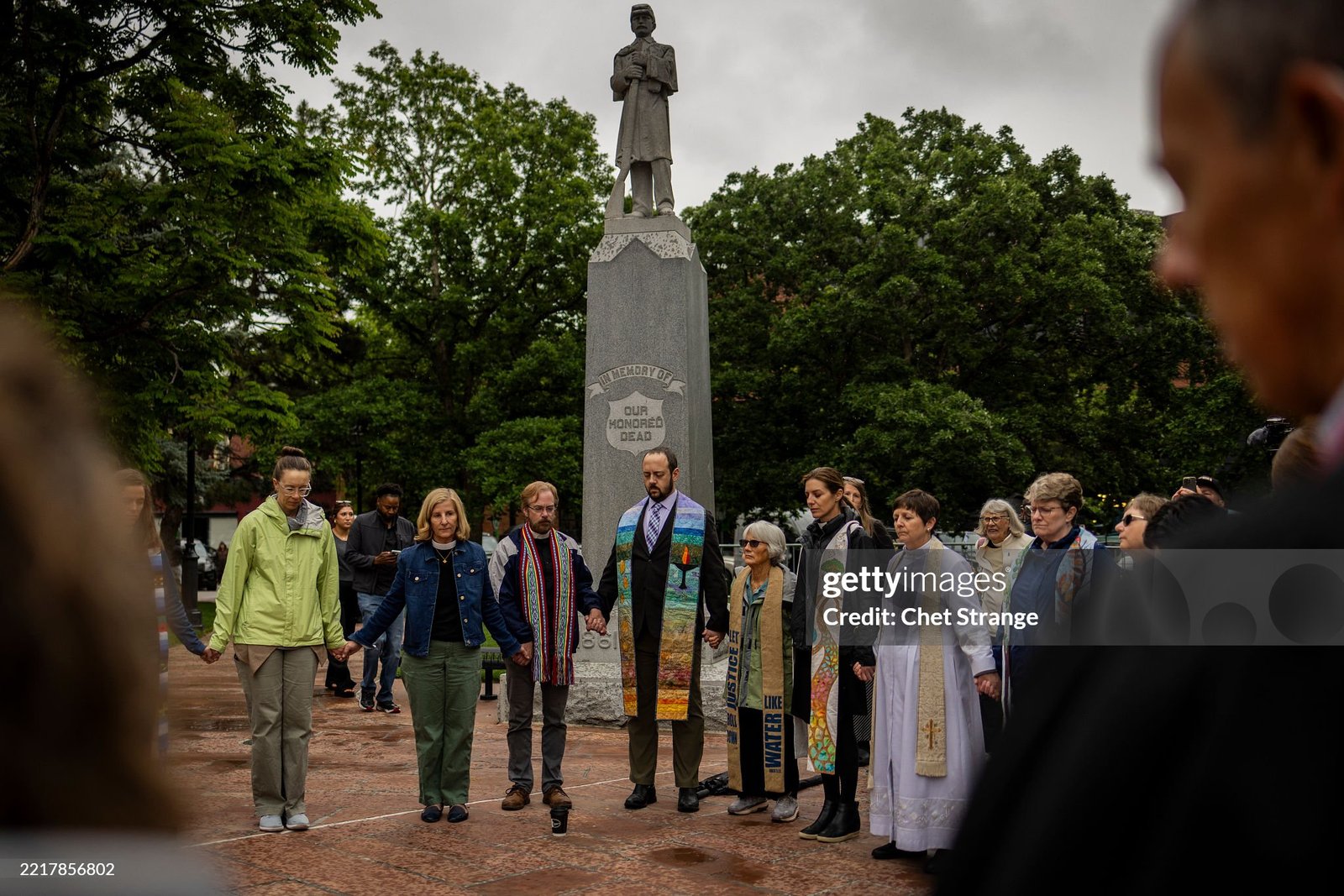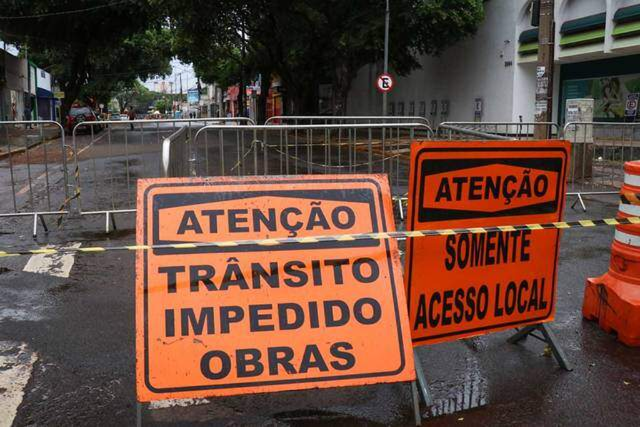News Americas, New York, NY, June 4, 2025: The US is set to ramp up its crackdown on immigrant visa overstays on the heels of the Boulder attack.

In response to the recent violent incident in Boulder, Colorado, U.S. immigration authorities are intensifying efforts to address visa overstays. US Secretary of Homeland Security Kristi Noem has directed U.S. Customs and Border Protection (CBP), Immigration and Customs Enforcement (ICE), and U.S. Citizenship and Immigration Services, (USCIS) to enhance the review of immigration records and take immediate actions against individuals who have overstayed their visas.
This move follows the arrest of 45-year-old Mohamed Sabry Soliman, an Egyptian national accused of launching a violent attack during a pro-Israel demonstration in Boulder on June 1. Soliman, who entered the U.S. on a B-2 tourist visa in August 2022, overstayed his visa after it expired in February 2023. He later applied for asylum and received work authorization, which expired in March 2025. Authorities allege Soliman used a makeshift flamethrower and Molotov cocktails in the attack, injuring 12 individuals, including an 88-year-old Holocaust survivor.
Soliman faces multiple federal and state charges, including hate crimes and attempted murder. He reportedly planned the assault for over a year, targeting individuals he labeled as “Zionists.” Due to his immigration status, he was unable to purchase firearms legally and instead constructed incendiary devices.
In the wake of the attack, ICE has taken Soliman’s wife and five children into custody, initiating expedited removal proceedings. Authorities are also investigating any prior knowledge the family may have had about the attack.
The Department of Homeland Security defines an “overstay” as a nonimmigrant who was lawfully admitted to the United States but remained beyond the authorized period. This period can be a fixed date or tied to the completion of a specific activity, such as a full course of study. Overstays are categorized into two types: “Suspected In-Country Overstays,” where no departure is recorded, and “Out-of-Country Overstays,” where the individual departs after their authorized period ends.
Determining an overstay is not merely a matter of entry and exit data. Factors such as extensions of stay or changes in immigration status must also be considered. Improvements in automated data analysis have enhanced the accuracy of overstay detection.
In FY2023, CBP identified 39,005,712 nonimmigrant admissions expected to depart via air or sea ports of entry. Of this number, there were 565,155 overstay events, translating to an overall overstay rate of 1.45 percent. This includes 510,363 suspected in-country overstays (1.31 percent) and 54,792 out-of-country overstays (0.14 percent).
By May 1, 2024, subsequent departures and status adjustments reduced the number of suspected in-country overstays for FY2023 to 399,708, bringing the in-country overstay rate down to 1.02 percent. DHS confirmed departures or adjustments for over 98.98 percent of those expected to leave in FY2023.
Secretary Noem underscored the policy shift by stating, “There is NO room in the United States for the rest of the world’s terrorist sympathizers. Anyone who thinks they can come to America and advocate for antisemitic violence and terrorism – think again. You are not welcome here. We will find you, deport you, and prosecute you to the fullest extent of the law.”




